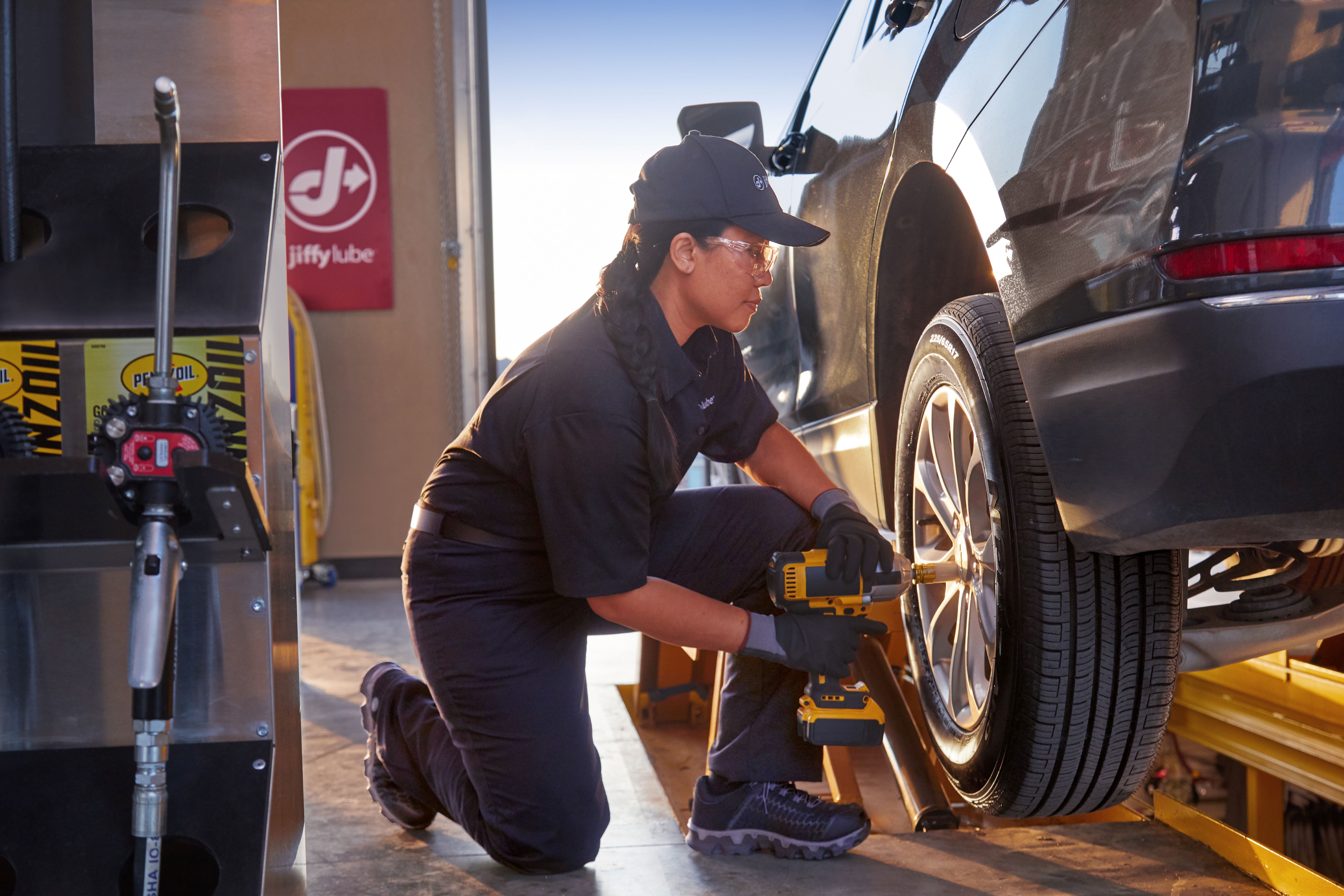Quality Tire Shop Morris: Your Go-To Destination for Tire Demands
Quality Tire Shop Morris: Your Go-To Destination for Tire Demands
Blog Article
Tire Service: Understanding Tire Pressure Surveillance Solutions
Comprehending Tire Pressure Surveillance Systems (TPMS) is a vital aspect of preserving optimum automobile efficiency and safety on the roadway. With advancements in auto modern technology, TPMS has actually come to be a conventional feature in contemporary vehicles, giving real-time information on tire stress levels. Diving deeper into the complexities of TPMS, one can reveal the numerous components that make up this system and the significance of each in making sure precise monitoring. From direct to indirect TPMS systems, the landscape of tire pressure surveillance is varied, each with its special set of advantages and considerations. Stay tuned to unravel the complexities of TPMS, from maintenance tips to the indisputable benefits of maintaining your tires properly blew up. morris tire and alignment.

Value of TPMS
The value of Tire Stress Monitoring Systems (TPMS) exists in their ability to boost vehicle security and performance through real-time monitoring of tire pressure degrees. Keeping the right tire pressure is vital for making certain ideal handling, braking, and total safety of a lorry. TPMS supplies drivers with instant feedback on any type of underinflated or overinflated tires, enabling timely changes to be made.
Parts of TPMS
Sensing units are typically located in the tire shutoff stem or affixed to the wheel assembly, where they measure tire stress and transfer data to the control module. Some advanced TPMS models also present the actual tire stress analyses for each tire, providing chauffeurs with real-time information to guarantee optimal tire efficiency and security. By checking tire stress continuously, TPMS assists avoid crashes, decreases tire wear, and boosts fuel efficiency, making it a critical element for automobile safety and security and efficiency. mopar tire service specials.
Kinds Of TPMS

On the other hand, indirect TPMS depends on the lorry's wheel rate sensing units to keep an eye on tire pressure. This system spots underinflation by comparing the rotational rates of the wheels. Indirect TPMS is much less expensive than direct TPMS, as it makes use of existing sensors within the vehicle.
While straight TPMS offers more precise analyses, indirect TPMS is simpler in layout and typically needs much less maintenance. Both systems have their constraints and benefits, and the option between them frequently relies on factors such as expense, automobile make, and individual choice. Understanding the distinctions in between these two kinds of TPMS can assist automobile proprietors make educated decisions pertaining to tire maintenance and security.
TPMS Upkeep Tips
Conduct routine checks on the tire stress degrees and compare them with the TPMS analyses to guarantee they are consistent. During tire rotation or replacement, make sure that the TPMS elements are dealt with very carefully to avoid any prospective damage. If the TPMS cautioning light illuminates on the dashboard, attend to the issue immediately by examining the tire stress and the overall system for any mistakes.
Advantages of Correct Tire Pressure
Preserving appropriate tire pressure, as highlighted in TPMS Maintenance Tips, is essential for enjoying the countless benefits related to ideal tire pressure levels. One of the key advantages of maintaining the right tire stress is improved fuel efficiency. When tires are properly inflated, there is less moving resistance, resulting in far better gas economic climate. In addition, correct tire pressure makes certain also tire wear, prolonging the life-span of the tires and promoting more secure Home Page driving problems. With the ideal tire stress, cars likewise have far better handling and traction, specifically in unfavorable weather. This can boost total driving performance and safety and security for the vehicle driver and passengers. Additionally, maintaining ideal tire stress can add to a smoother and more comfortable adventure by reducing resonances and noise triggered by underinflated tires. To conclude, the advantages of appropriate tire stress go beyond simply tire durability; they incorporate improved fuel efficiency, enhanced safety and security, far better car performance, and overall driving convenience.
Verdict
Finally, understanding tire pressure surveillance systems (TPMS) is important for preserving optimal tire stress and ensuring automobile safety and security. By identifying the importance of TPMS, recognizing with its elements, knowing the different kinds readily available, sticking to proper maintenance pointers, and recognizing the benefits of keeping appropriate tire stress, vehicle drivers can boost their driving experience and prolong the lifespan of their tires. Proper tire pressure is vital to secure and efficient automobile operation.

Report this page